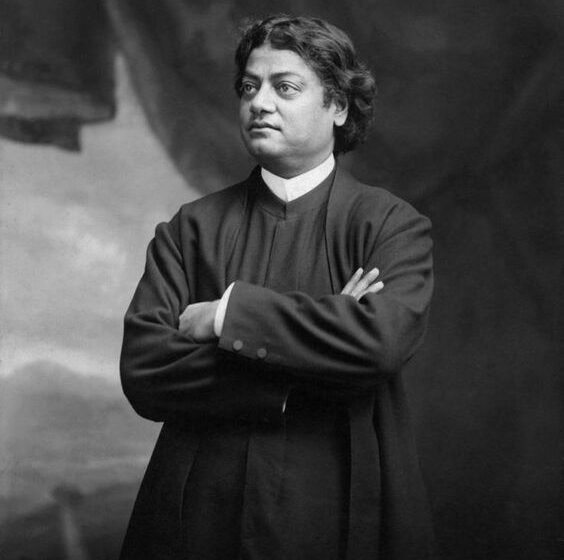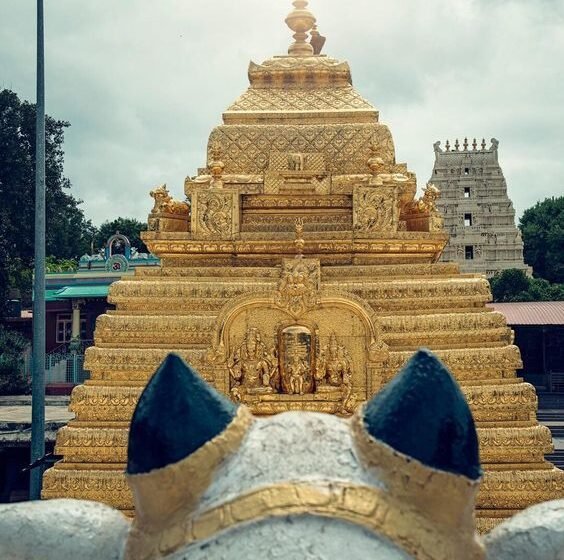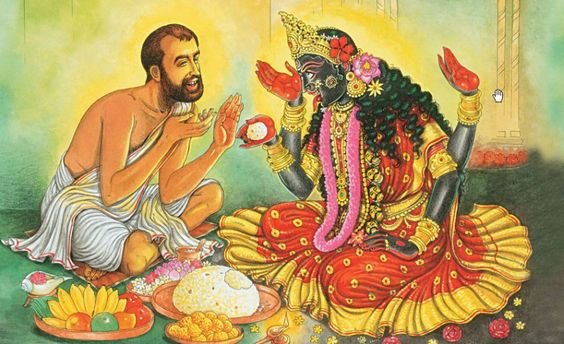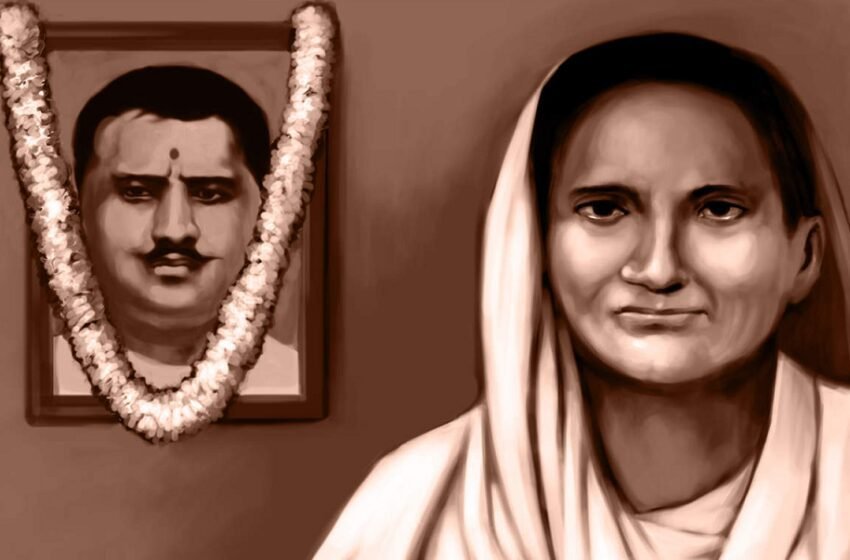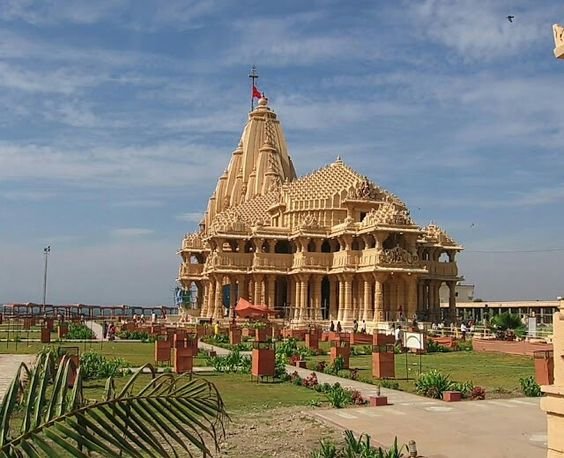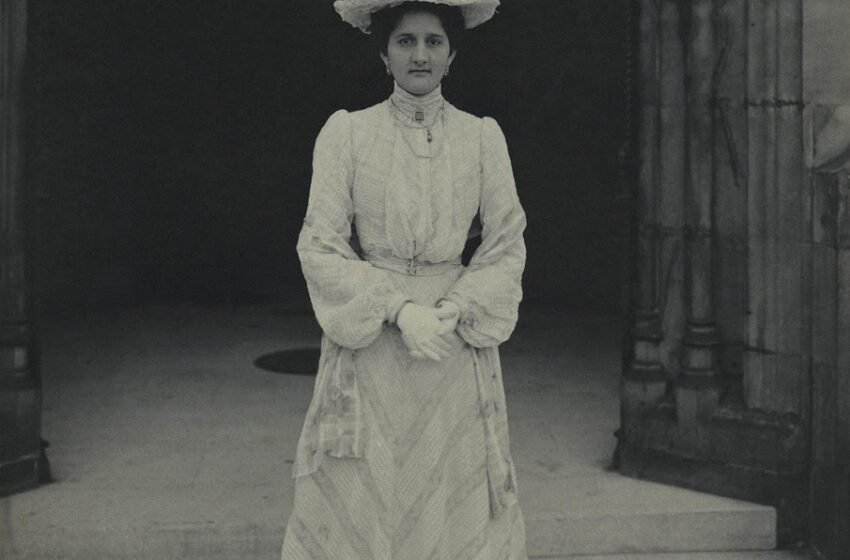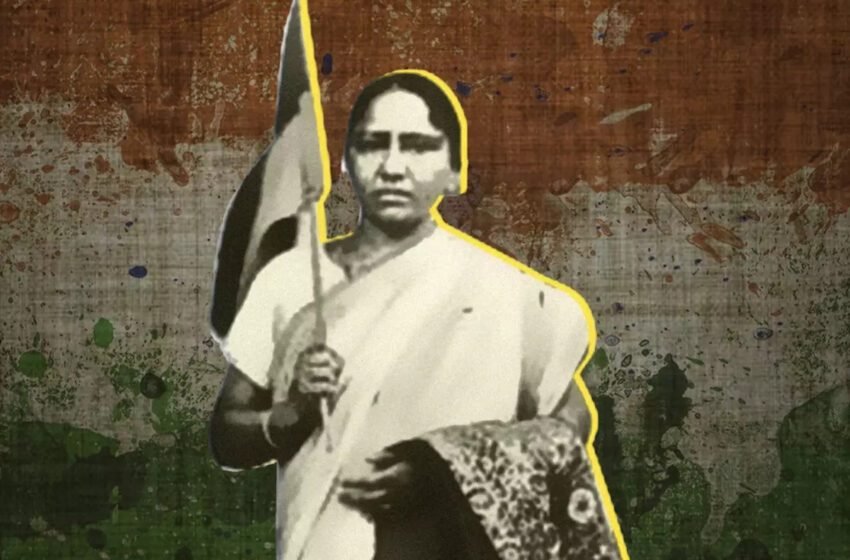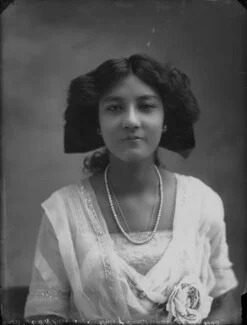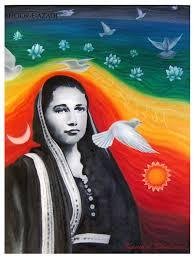Swami Vivekananda, a name synonymous with spiritual enlightenment and social reform, left an indelible mark on the world with his profound teachings and visionary outlook. His life’s work continues to inspire millions across the globe. Born on January 12, 1863, in Kolkata, India, as Narendranath Datta, he was inclined towards spirituality from a young age. […]Read More
Tags : INDIAN HISTORY
Discover the Divine: Exploring the Spiritual Majesty of Mallikarjuna Jyotirlinga
In our trip to 12 Jyotirlingas, next in sequence is Mallikarjuna Jyotirlinga. Let us travel down south to experience the power of Shiva- Parvati as Arjuna and Mallika. Srisailam, also referred to as the “Kailash of the South,” is a revered and ancient site in Andra Pradesh, South India. Hundreds of temples and shrines honouring […]Read More
Ramakrishna Paramahamsa, a revered saint and mystic, left an indelible mark on Hindu spirituality and religious pluralism. His life and teachings continue to inspire millions worldwide.Born in 1836 in Bengal, Ramakrishna exhibited spiritual inclinations from an early age. Despite minimal formal education, his quest for divine realisation led him to master various practices from different […]Read More
Moolmati: The Unsung Hero – A Story of Courage and
Can anyone give an example of the best mother? If you ask me, I would say my mother is the best. Likewise, you would say yours is the best. Mothers are always the best for their children. Every mother would care for her child like no one else in the world. She was; She is; […]Read More
Discovering the Divine: Somnath Temple, the First Jyotirlinga of India
Jyotirlingas are religious representations of the Hindu god Shiva. The term is a Sanskrit composite of Jyotis (‘radiance’) and linga (‘sign’). The Śiva Mahāpurāṇam (also Shiva Purana) lists 64 original jyotirlinga shrines in India. According to a Shiva mythology from the Shiva Purana, Brahma (the deity of creation) and Vishnu (the god of preservation) had […]Read More
Exploring the Shrouded Life of Maharani Rani Kanari of Kapurthala
The historical narratives surrounding Indian royalty have indeed predominantly focused on the Maharajas, often leaving the significant contributions of the Maharanis understated or overlooked. Maharani Rani Kanari of Kapurthala is a poignant example of this disparity in historical documentation. Maharanis, despite their pivotal roles in shaping the destinies of princely states, have often been relegated […]Read More
We study history in schools and colleges; we have all been taught about great Indian leaders and their marvellous contributions to the freedom struggle. If anyone asked to name some Indian freedom fighters, we easily tell Gandhiji, the Father of the Nation; Nehru, the first Prime Minister of India; Subhash Chandra Bose, the man who […]Read More
Love, Activism, and Empowerment:The Story of Princess Sudhira Devi of
Princess Sudhira Devi of Cooch Behar embodies a legacy of courage, compassion, and advocacy that transcends the bounds of time. Princess Sudhira’s life journey is a testament to her unwavering commitment to social causes, tireless advocacy for Indian women’s rights, and profound dedication to humanitarian efforts during tumultuous times. Defying societal expectations from a young […]Read More
Madame Bhikaiji Cama: Social Activist and Freedom Fighter
India gained freedom from the British colonization on 15th August 1947. Freedom for India is not made in a day, many struggles and movements were raised all over the country. Not only the notable leaders, but every people fought for the freedom of their country. Each freedom movement caused several injuries and deaths. If a […]Read More
Kamala: The Lotus Goddess of Prosperity and Fertility
Goddess Kamala is the tenth and last Mahavidyas within Shaktism and Tantra tradition, a female oriented worship of the divine; wherein the Divine Feminine is believed to be the ultimate reality. Within the Tantra tradition, Kamala is believed to be a form of Lakhsmi, the goddess of prosperity and fertility. The word Kamala means lotus, […]Read More
